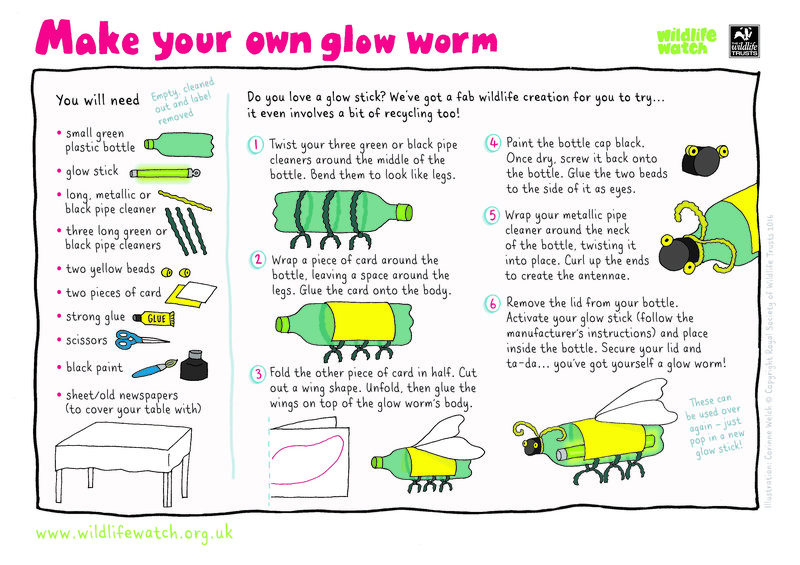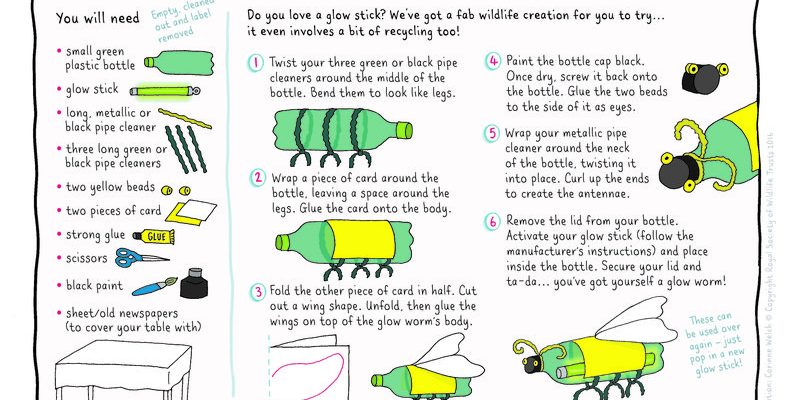
Imagine you’re sitting down with a friend over coffee, and you’re sharing your newfound passion for glow worms. You want to teach them why these creatures matter, where they live, and how they light up the night. That’s the essence of creating educational materials: making complex topics accessible and engaging. So, where do you start? Let’s dive into the essentials!
Understanding Glow Worms: An Overview
Glow worms, primarily found in damp, dark spaces, belong to various species, the most notable being the *Lampyridae* family, which includes fireflies. But wait, glow worms and fireflies may seem similar, but they’re not the same! Fireflies are adult insects, while glow worms usually refer to their larval stage, which emits that captivating glow. This light is a result of bioluminescence, a natural phenomenon that occurs when certain chemicals inside their bodies react.
The glow serves various purposes—most importantly, to attract mates or prey. Just picture this: a dark cave illuminated by the soft, flickering light of countless glow worms, each one vying for attention. It’s a survival tactic wrapped up in elegance. By including such visuals in your materials, you can spark curiosity and draw readers in.
If you’re creating displays, consider using images or diagrams to highlight the differences between glow worms and other bioluminescent organisms. This can help your audience grasp just how special glow worms are in the grand tapestry of nature.
Creating Engaging Educational Content
When it comes to crafting your educational materials, think of ways to make them visually appealing and interactive. Using vibrant images, short videos, and infographics can enhance understanding and retention. Here’s the thing: a simple text-heavy page can quickly lose the reader’s interest. Instead, break things up!
You might want to include sections like:
- Life Cycle: Explain the glow worm’s transformation from egg to larva to adult.
- Habitat: Describe where glow worms thrive and why they prefer those environments.
- Behavior: Explore their unique hunting methods and mating rituals.
For instance, when discussing the life cycle, you could provide a timeline with illustrations of each stage. This helps visualize the process and provides a more immersive learning experience.
Why Glow Worms Matter
You might be wondering, “Why should I care about glow worms?” Well, these creatures are indicators of ecosystem health. Their presence often signals a clean, unpolluted environment. By exploring this topic in your materials, you’re not just teaching about a fascinating insect; you’re also fostering a sense of responsibility towards protecting nature.
Additionally, glow worms play a role in the food chain. Birds and other predators rely on them for food. Understanding their place in the ecosystem can open discussions about conservation and the impact of human activity on natural habitats. This is where you can connect the dots between glow worms and wider environmental issues, making your material all the more relevant.
Fun Facts to Capture Attention
Now, who doesn’t love a good fun fact? Sprinkling in some quirky details can make your educational materials lively and engaging. Here are a few fun facts to consider adding:
- The glow from a glow worm can be seen from several meters away!
- Glow worms have a diet that consists mainly of insects that get caught in their silk threads.
- Some species can glow as brightly as a flashlight!
By incorporating such facts, you can keep readers hooked. Consider using pull quotes or sidebars in your materials to highlight these fun tidbits. This engages readers and breaks up the text visually.
Using Multimedia to Enhance Learning
In today’s digital age, multimedia can significantly enhance educational content. Think about incorporating videos that showcase glow worms in their natural habitats. A time-lapse of glow worms’ light patterns could be mesmerizing and informative.
You could also create interactive quizzes or games that test what readers have learned. This approach not only reinforces their understanding but also makes learning fun. By using tools like slideshows, podcasts, or even social media posts, you can reach a broader audience and cater to different learning styles.
Crafting Hands-On Activities
Nothing beats hands-on experiences when it comes to education. Consider creating activities that allow learners to explore glow worms up close. If you have access to a local habitat, organize a night walk to observe glow worms in action. If that’s not possible, DIY activities—like creating a glow worm habitat in a jar—are fun and educational.
You can guide learners in observing how light changes with temperature by using glow-in-the-dark paint. This can link the science of bioluminescence to a more hands-on application. Activities like these not only reinforce information but also create lasting memories.
Tailoring Your Materials for Different Audiences
Your educational materials might cater to various age groups or backgrounds. It’s essential to tailor your content accordingly. For younger audiences, keep the language simple and concepts relatable. Use playful graphics and straightforward language.
For older students or adults, you can dive deeper into the science behind bioluminescence and discuss its applications in technology and medicine. The key is to meet your audience where they are. Mix up the complexity as needed, but always keep the core message clear and engaging.
Final Thoughts on Glow Worm Education
Creating educational materials about glow worms opens up a world of learning about nature and science. Whether it’s through engaging visuals, fun facts, or hands-on activities, there are endless ways to make this topic come alive.
So, as you embark on this project, remember to combine clarity with creativity. By doing so, you’re not just informing; you’re inspiring others to appreciate the magic of glow worms and their vital role in the ecosystem. With the right approach, your materials can light up minds just like glow worms light up the dark!

